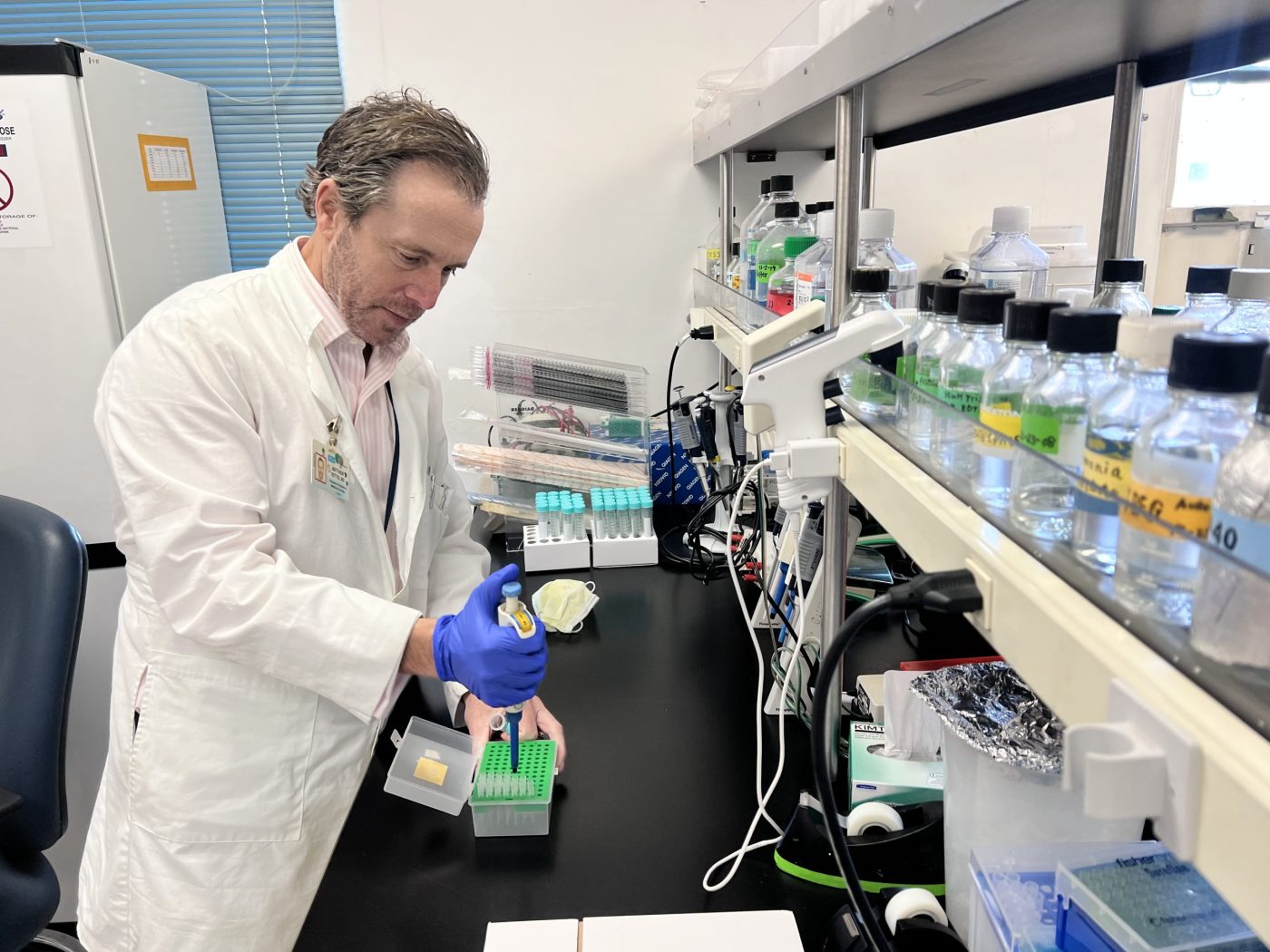Pressure ulcers (commonly known as bed sores) are one of the most troublesome and painful complications for patients during a long hospital stay, but a joint project between the Department of Veterans Affairs (VA) Center for Innovation and General Electric (GE) Global Research may one day make pressure ulcers a thing of the past.
A multi-disciplinary team of scientists have combined an array of sensing and analytical tools, including motion analysis, thermal profiling, image classification/segmentation, 3-D object reconstruction and vapor detection into a single medical sensing handheld probe to assess and monitor the progression of bed sores or pressure ulcers.

“The collaboration with GE is another example of the innovative work VA is doing with our private sector colleagues to advance the science of health care for our Veterans,” said Dr. Carolyn Clancy, VA’s Interim Under Secretary for Health. “We are pleased to work with GE to pilot a technology that holds the promise of revolutionizing the protocol for preventing and treating painful bed sores. We know that if patients are not turned on a regular basis, they can develop bed sores during their hospital stay as pressure builds up on their skin. By combining physical inspection with the technology capable of allowing real-time monitoring, we may be able to prevent ulcers from forming or advancing. This innovation is about providing the best care to our Veterans and collaborations like this one with GE helps us do just that.”
Individuals with spinal cord injuries with loss of sensation and mobility are particularly at risk for developing pressure ulcers. In U.S. hospitals alone, an estimated 2.5 million patients per year develop pressure ulcers, which require treatment.
“Pressure ulcers are a very pervasive, but also very preventable condition for hospital patients,” said Ting Yu, GE’s Principal Investigator on the pressure ulcer prevention and care program. “The device can help detect the earliest signs of ulcer formation. It also provides a more objective and comprehensive assessment of the wound to understand its progression. We’re now testing this device with VA in a clinical setting to see if it provides the kind of information that will help hospitals reduce and one day eliminate pressure ulcers from developing with patients.”
For other notable innovative VA research initiatives visit http://www.research.va.gov/
Topics in this story
More Stories
On Thursday, June 20, 2024, VA joined more than 20 federal agencies to release its updated 2024-2027 Climate Adaptation Plan.
As part of a new research study that began July [...]
WASHINGTON ― The Department of Veterans Affairs Office of Research [...]






